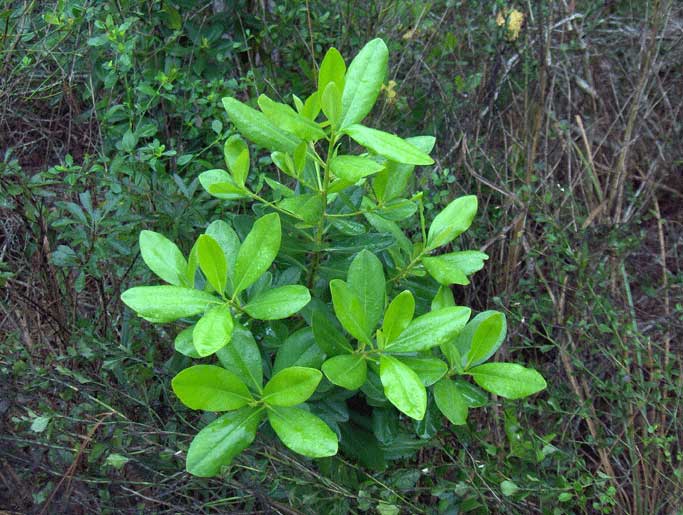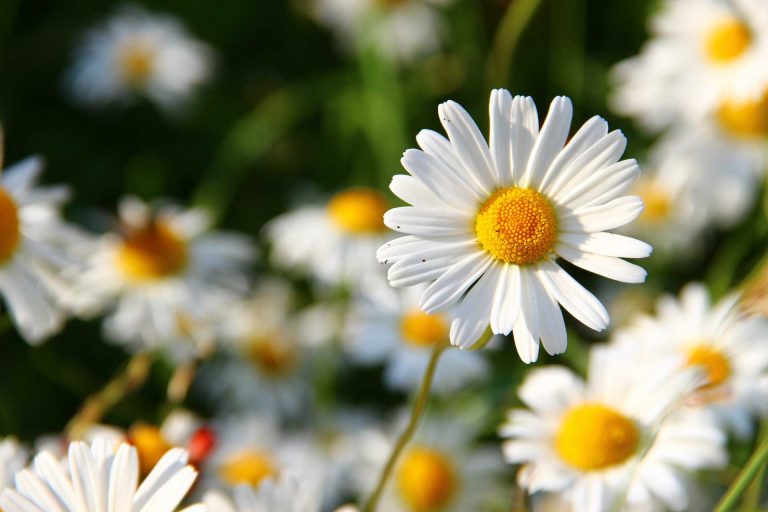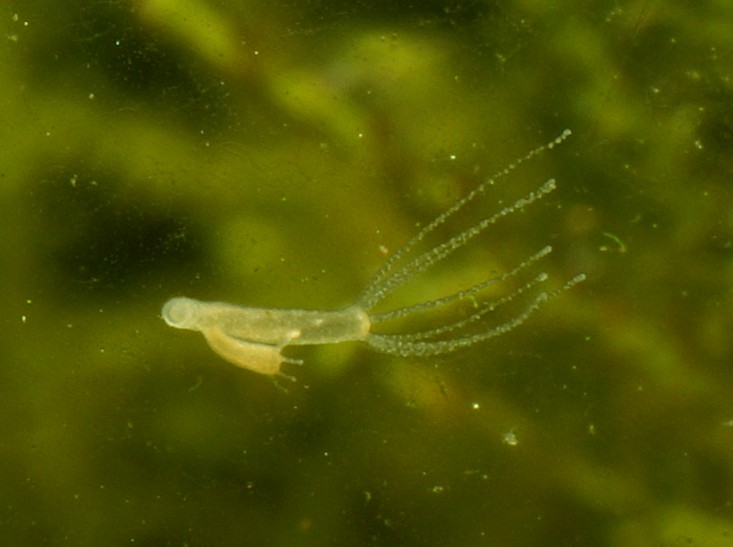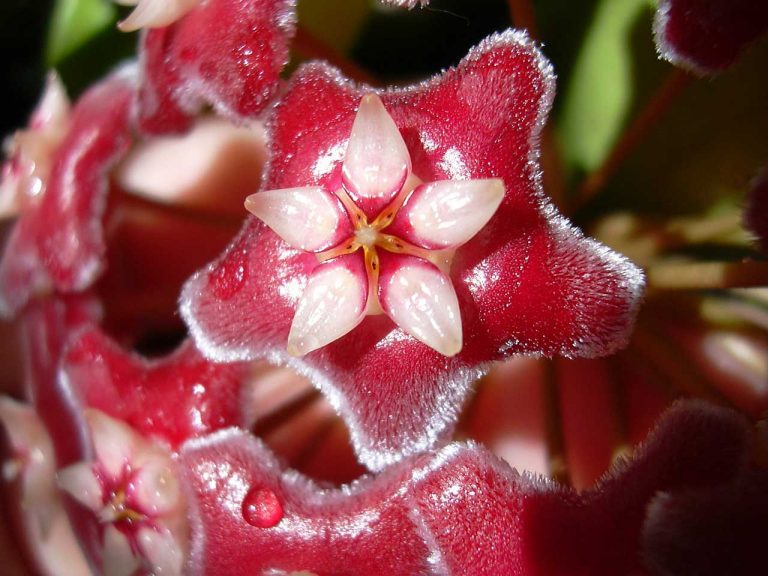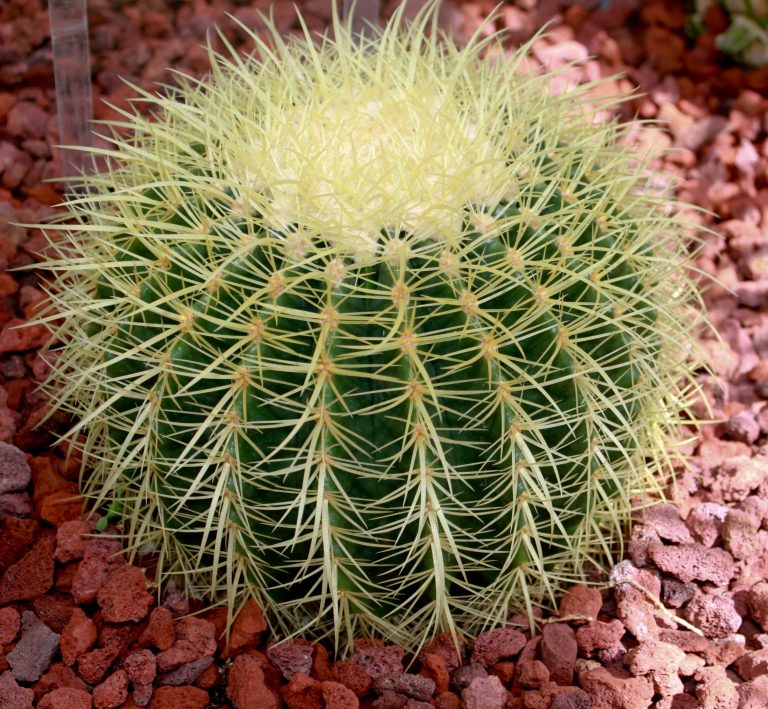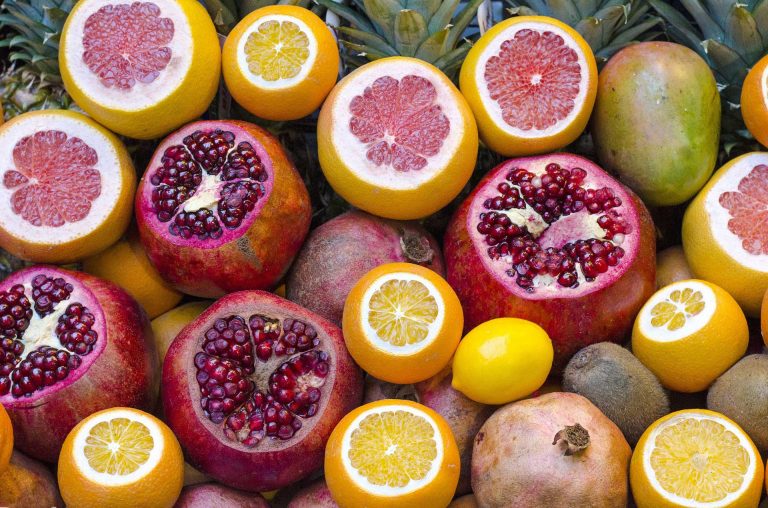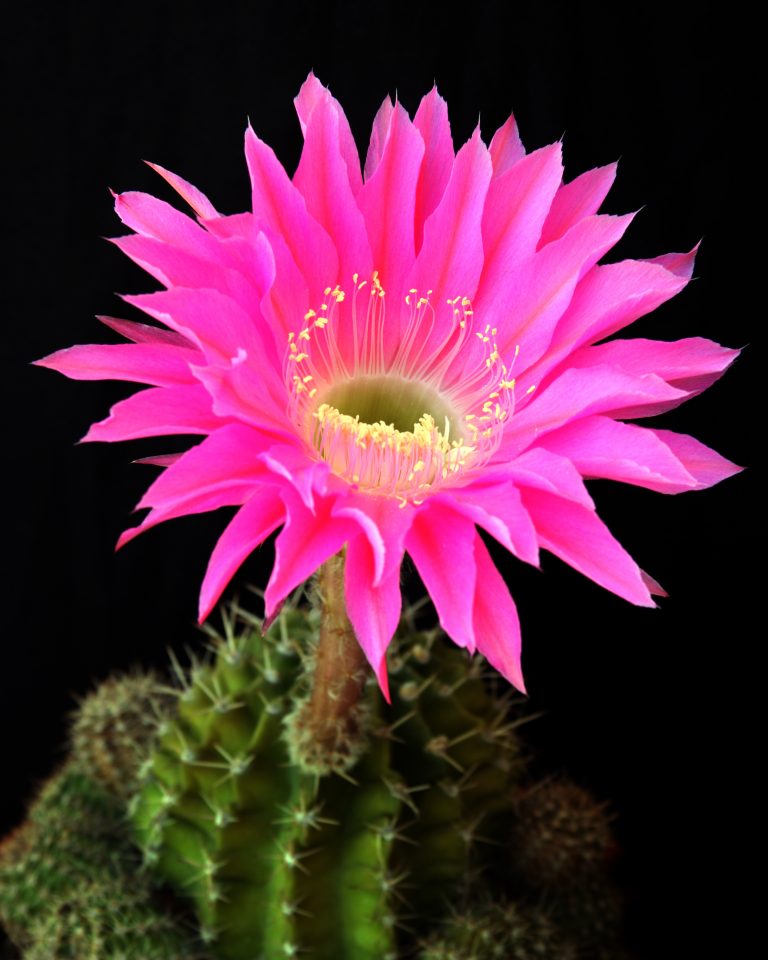Broom Hickory
Scientific Classification
| Kingdom: | Plantae |
| Order: | Fagales |
| Genus: | Carya |
| Family: | Juglandaceae |
| Species: | C.glabra |
Broom hickory tree is also known as Carya Glabra. It is a deciduous tree. The flowers of the broom hickory tree are small and yellow-green in color and bloom in the spring season. This tree is also known as Coast Pignut Hickory, Swamp Hickory, Pignut, Smooth Bark Hickory, and Sweet Pignut. The nut of broom hickory is pear-shaped and ripens in the month of October and September. These nuts are important food for many wild animals. The wood of the hickory tree is used as fuel for home heating. It is a slow-growing tree. In Germany, it is planted for timber. It is a tree providing good shade and is also a nice ornamental tree. This tree bears seeds for 30 years. For seed production, the maximum age is 300 years. Early settlers made brooms from the wood of the Broom Hickory tree. That is why it is called “Broom Hickory”.
Habitat
Broom Hickory tree ranges all over the Eastern United States. This tree species grow in Westward and central Florida, and from Albama to Gulf Coast through Mississippi. It is also found in Southern Ontario in Canada. The best development of Broom hickory is in the Ohio River basin, which is the ideal place for these trees to grow. On the ridges and hillsides it occurs with other oaks and hickories. Hickory is restricted in the Hamilton area, Niagara peninsula, Lake Ontario and in Sothern Halton Region.
Anatomy
Broom hickory tree is monoecious. Its flowers bloom in spring. The male flowers are drooping catkins, yellow-green in color and three of them suspended from one stalk. The female flowers are found in a cluster, very short in size and 2 to 10 numbers at the tip of a same twig. The nuts of hickory trees are walnuts. The twigs of hickory tree are smooth, brown, reddish and slender. When the tree is young, the bark is smooth and gray in color. The leaves of hickory tree are green from the upper surface, and on the underside they have hairs. Leaves are six to twelve inches long and are compound, with 5 to 7 leaflets. These leaflets are lance-shaped, smooth and look pointed from the tip. The buds of hickory tree are brown and have little yellow dots, rounded, small and have hairy edges.
Soil
Broom hickory tree grows best in well drained, rich and moist soil. In the smoky mountains, it grows in dry, sandy soil. This tree rapidly grows on side slopes and ridgetops. The Broom Hickory tree grows best is humid climate with annual precipitation of 760 to 30 mm. For good growth, hickory tree requires full sunlight.
Uses
The wood of the Broom Hickory tree is stiff, hard and dense. The combination of stiffness, hardness, toughness and strength is one of the best combinations. These qualities make it very useful. It is used in making carts, bows, wheel spokes, tool handles, and walking sticks and for making wheel spokes. From hickory tree, baseball bats were also made. Black dye is also made from hickory tree by boiling the bark. The nuts of hickory tree are edible. The wood is also used in the wooden flooring. The nuts of hickory tree have commercial value.
Watering
Watering and fertilizing in a drought and the spring season is ideal for the broom hickory tree. Balancing watering is best for hickory.
Pests
These trees are pest tolerant. But many pests may affect them. Microstroma Juglandis and Gnomonia Caryae are leaf diseases of the Broom Hickory tree. Poria Spiculosa pest causes trunk rot. Hickory tree is also damaged by fire, it causes stem degrade. The most serious disease of hickory tree is a canker. Fungus is formed by the canker. Scraping and cleaning the canker may help.
Planting
Broom hickory tree is very difficult to transplant because of its coarse root system. Moreover, its growth rate is also very slow. But it can survive in many soil types. It requires sunlight. The nuts are edible and used by mammals, birds and squirrels. The Hickory tree cannot be planted in parking areas and in the streets or on the roadside and also in open areas. The nuts can damage vehicles and cars when they fall. It grows best on moist river beds.

Having discovered a fondness for insects while pursuing her degree in Biology, Randi Jones was quite bugged to know that people usually dismissed these little creatures as “creepy-crawlies”.

